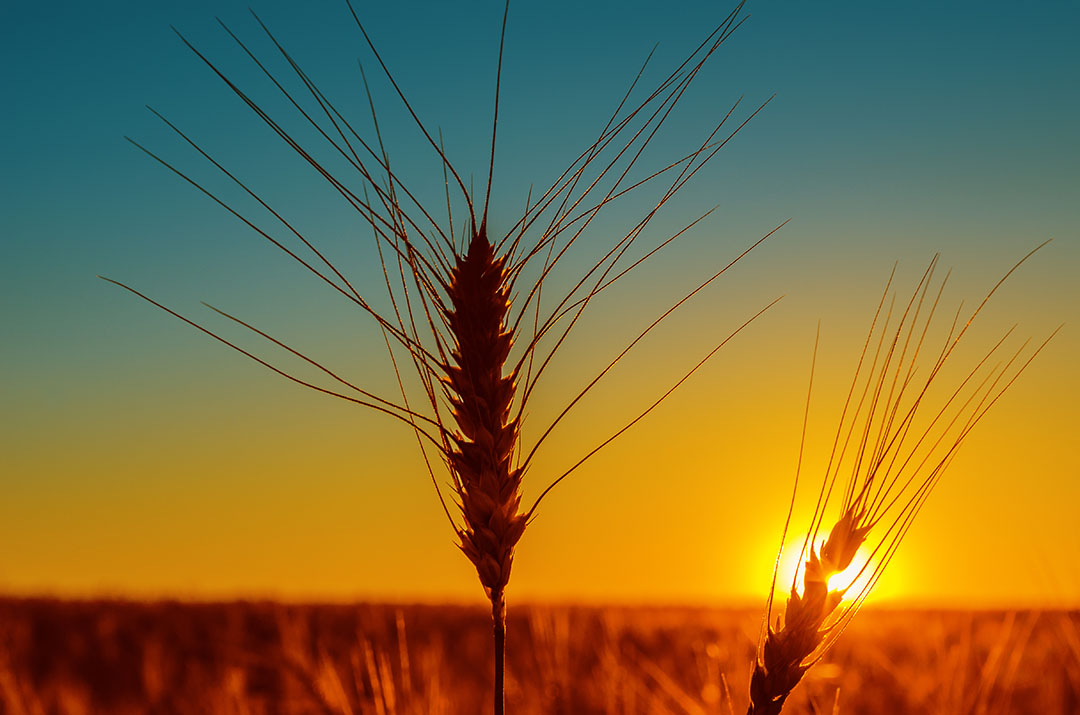FAO: Technology can help prevent drought problems

Unlocking the potential of agricultural innovations, be it simple solutions or satellite-based technologies, will help prevent a drought from turning into famine and forced displacement and reverse desertification.
This is according to FAO Director-General José Graziano da Silva. He spoke at the opening of the 2nd International Seminar on Drought and Agriculture at FAO headquarters in Rome on June 17, as part of the World Day to Combat Desertification and Drought celebrations. He stressed that more than 80% of all damage and loss caused by drought was absorbed by farmers and agricultural sector, noting that one of the main causes of increasing hunger in the last 3 years was El Niño provoking severe droughts on the East African coast. “Every year the world loses 24 billion tons of soils, and dryland degradation reduces national domestic product in developing countries by 8% annually,” the United Nations Secretary-General Antonio Guterres said in a video message recorded for the World Day. “We must urgently change such trends. Protecting and restoring land – better use it – can reduce forced migration, improve food security and spur economic growth. It can also help us to address the global climate emergency.”
Simple solutions – great impact
The FAO Director-General emphasised that in order to cope with droughts and to reverse desertification, in addition to geospatial technologies, farmers can also benefit from very simple solutions. In this regard, he cited the 1 million cisterns project, ‘rainfall storage’ as a good example. “This is very simple. You store the rainfall water under your house making it available for drinking and for animals all year round,” he said. In addition, the FAO launched a revamped version of WaPOR, an open-access database tapping near real time satellite data to monitor land and water productivity in Africa and the Near East. Data from WaPOR, initially launched in 2017, helps policy makers and farmers to make informed decisions to be better prepared for drought and increase agricultural production with less water use. The updated version 2.0 offers better methodology and covers 3 additional countries with 100 metre resolution data: Iraq, Sudan and Niger. With recent additions, the total amount of countries covered by this resolution has increased from 18 to 21. The Government of the Netherlands allocated $ 2.5 million for the further development of the WaPOR database and its expansion to other areas over the 2-year period (2019 – 2020).
Furthermore, the FAO and the New Development Bank (NDB) have agreed to step up joint efforts to help countries achieve the Sustainable Development Goals, with a special focus on safeguarding water and soil resources as well as fighting against desertification.
Source: FAO







